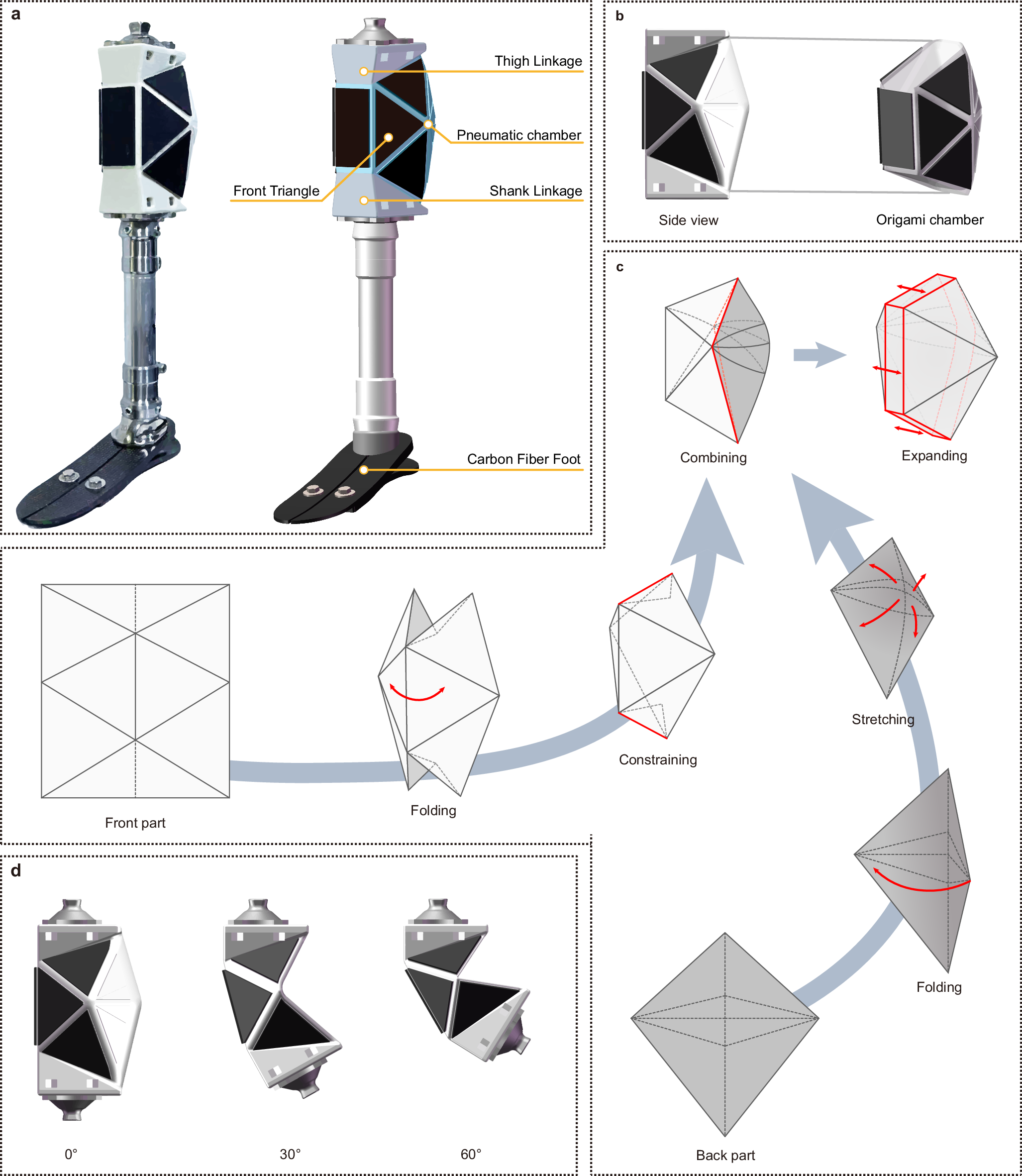2025-02-15 浙江大学 (ZJU)
<関連情報>
- https://www.zju.edu.cn/english/2025/0215/c19573a3016018/page.psp
- https://www.sciencedirect.com/science/article/pii/S2451958825000168
仮想環境における期待の裏切りは頭痛、吐き気、不快感を引き起こす Expectancy violation in virtual environments causes headaches, nausea and uncanny feelings
Athanasios V. Kokkinakis, Xuanzheng Ming, Nathan T. Han, Liyu Cao
Computers in Human Behavior Reports Available online: 31 January 2025
DOI:https://doi.org/10.1016/j.chbr.2025.100601

Fig. 1. Manipulated Versions of two Videogame environments and their normal counterparts. The DOTA 2 map from a top-down view and the CS:GO 2 map, De_Dust II. A. A normal DOTA 2 environment with T1 and T2 being the starting points of the two teams respectively. B. The Mutation Mode map where a rotation has taken place. C. The conventional viewpoint of De_Dust II which is how it is conventionally played in ranked-mode/tournaments. D. The reversed/mirrored viewpoint which has been modded for fun/novelty purposes. All images (DOTA 2 & CS:GO 2) are property of Valve Corporation.
Abstract
In 2018, DOTA 2, a videogame played by millions of people worldwide, introduced a rotated game environment while players’ avatars and point of view remained stable. Unbeknown to the game’s designers, players reported nausea, headaches and uncanny feelings e.g., eeriness, discomfort, disgust. In Study 1, we harvested over 25,000 cross-cultural testimonies of individuals (English, Russian and Chinese) from public forums and we performed topic modelling (BERTopic & Llama 2) and sentiment analysis (VADER) confirming the above symptoms. In Study 2, we downloaded over 800.000 DOTA 2 replays from 2018 extracting timestamped player comments. Words related to headaches, nausea and uncanny (Valley) feelings occurred more frequently in the transformed environment compared to a control, starting almost immediately as soon as players saw the transformed environment. In Study 3, we created our own rotated DOTA 2 map in the lab, replicating our previous results with a specialised DOTA 2 sample (mean total of 2379.07 play hours). In Study 4, we replicated our findings in a different video game genre (CS:GO) using a different visual transformation (mirroring). These results suggest that UX designers should be cautious when modifying virtual environments, as unintended effects may cause user discomfort. Moreover, modified virtual environments could give us a reliable and consistent way to induce headaches since other methods can be problematic, supplementing our understanding of these diseases. We propose that the constant expectancy violation (memory versus visual input) and the malfunctioning of extrastriate areas, which are responsible for processing visual transformations, are central to this phenomenon.


